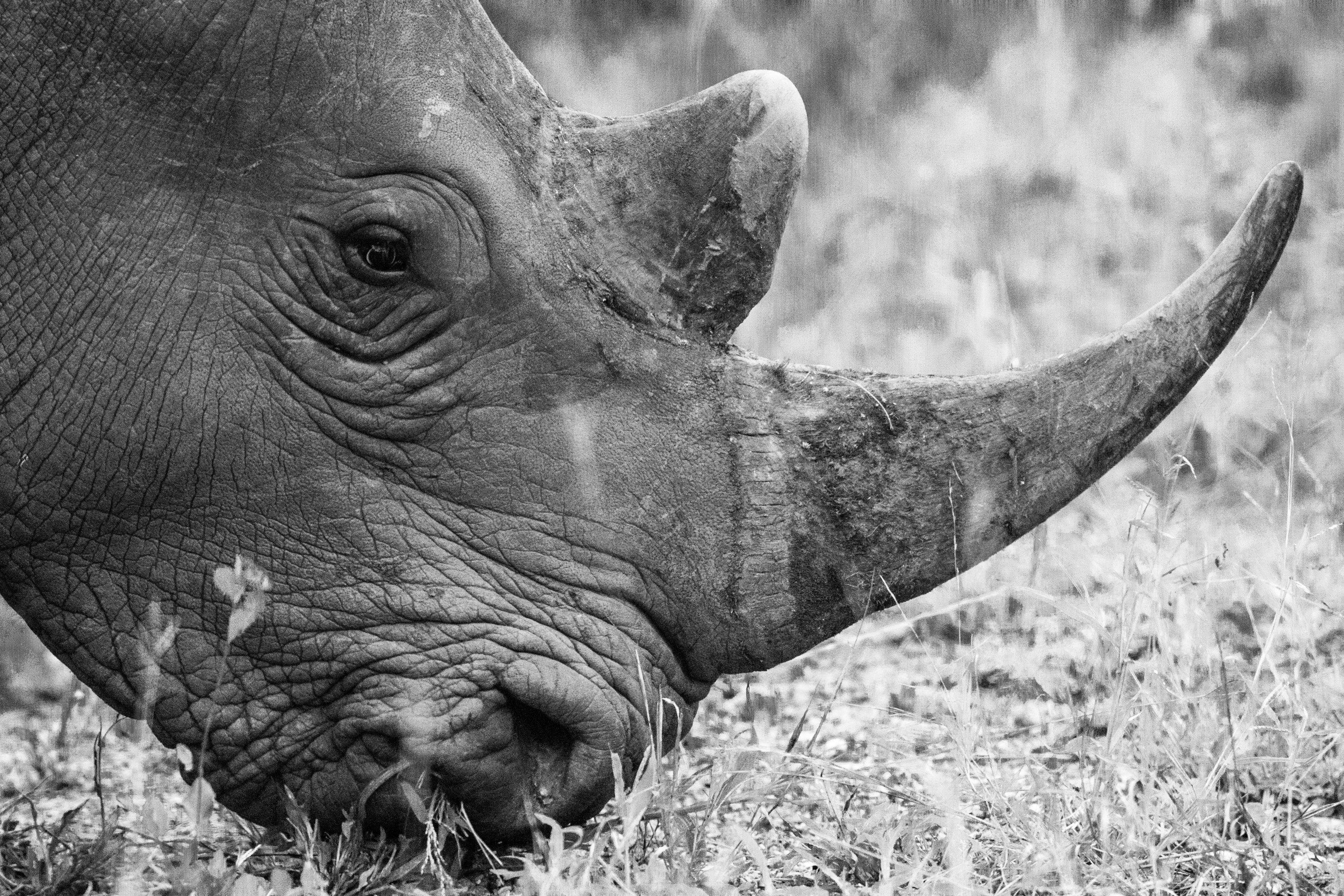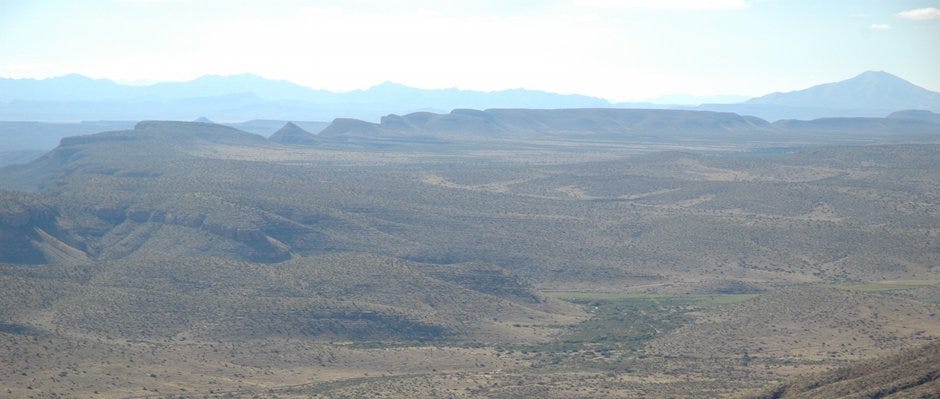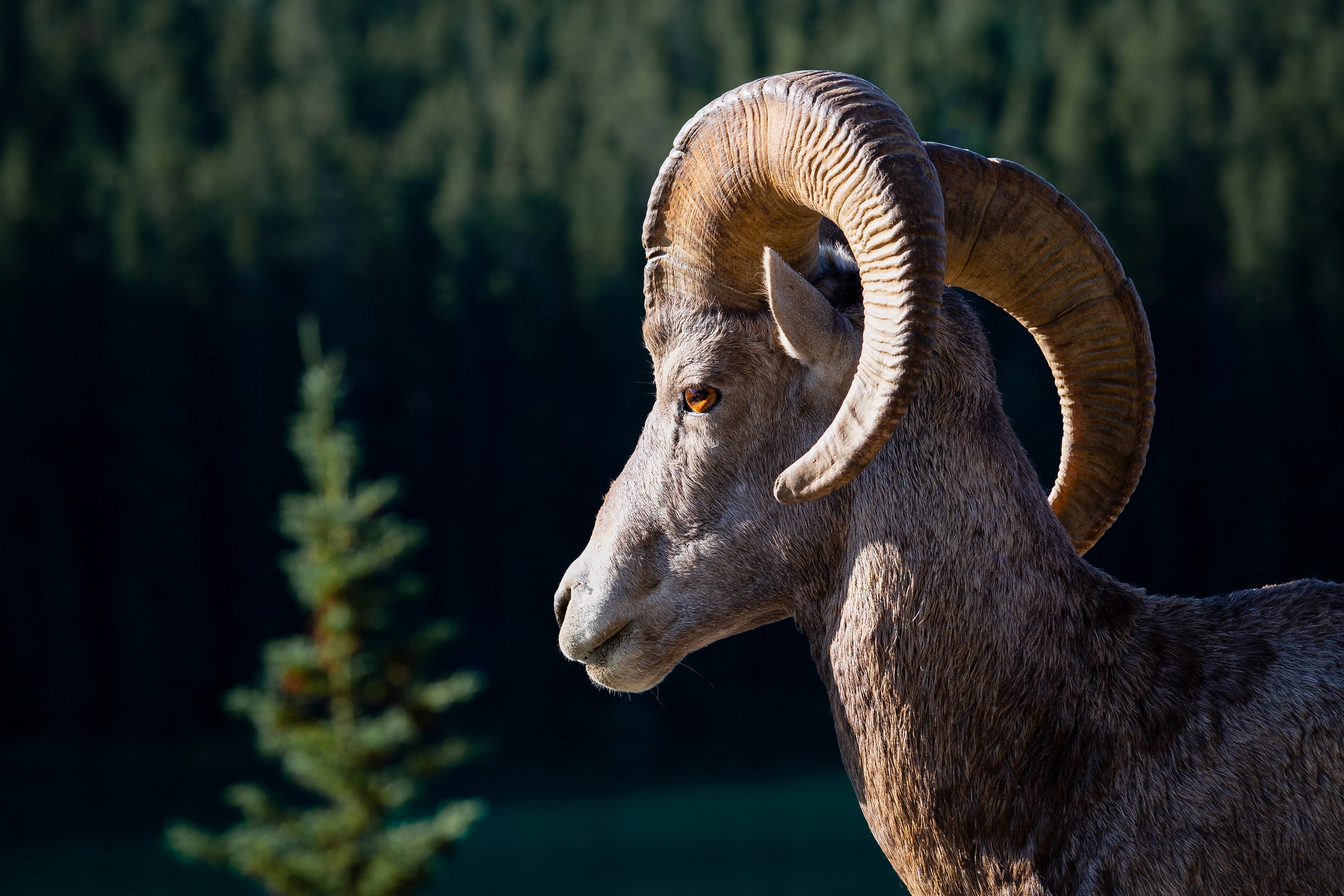Restoring Biodiversity - 4/23/2024
Another explanation of the Pleistocene Extinctions. 10 ideas to enhance the recovery of imperiled species. WhyGrassland birds declined more than any other group of North American birds? And more...

Thank you for subscribing to the Pitchstone Waters weekly newsletter.
Here is what we’ve been reading, watching and writing about over the past week…
Articles

Extinctions, Scenarios, and Assumptions: Changes in Latest Pleistocene Large Herbivore Abundance and Distribution in Western North America
"Here is another explanation of the Pleistocene Extinctions, the catastrophic event in natural history wherein over 50-large species abruptly disappeared from North America 10-12,000-years ago. Humans and climate warming are usually blamed. This author says that we should consider that more was going on than new external pressures. There had been a new member of the animal community inside of the ecosystems: bison. Bison were recent immigrants to North America. He guesses that after bison spread rapidly across the continent, their increased grazing pressure (competition), in some combination with human hunting and warming, caused the extinctions.

A Field Guide for Wildlife Recovery
The Endangered Species Act turned 50 in December 2023. 3% of species listed during its lifetime have recovered.
This report from the Property and Environment Research Center (PERC) – a free market environmental think tank based in Bozeman – presents 10 ideas to enhance the recovery of imperiled species in the future. It highlights wildlife that exemplify various aspects of endangered species policy and proposes specific reforms that would improve the act’s effectiveness at encouraging recovery over the act’s second half-century and beyond.
Videos

Chihuahuan Grasslands
Grassland birds have declined more than any other group of North American birds.
The causes for most of the declines are poorly understood but likely stem from changes in the quantity and quality of grasslands across their migratory range.

Idaho’s Bighorn Sheep
Idaho’s big bighorn rams in the Big Lost and Hells Canyon.
—
And that’s it - as always thank you..
if you haven’t already - please check out our views on biodiversity at https://pitchstonewaters.com/blog/
Please pass along, and if you if you received this from a friend - consider subscribing below.
